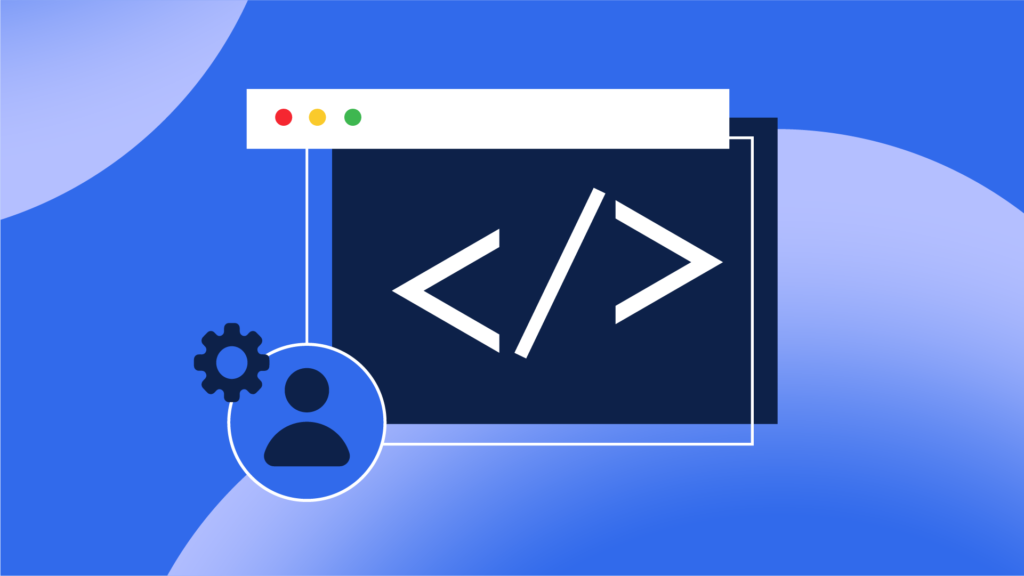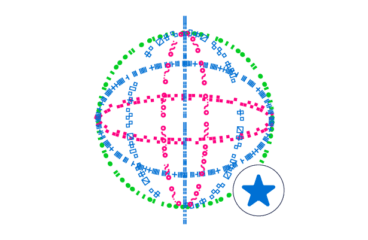
Localization VS Internationalization: How Do They Differ?
When it comes to the localization process, one of the most commonly asked questions is the difference between localization VS internationalization. In other words, literally, this is also known as L10N VS i18n.
So, here is how they differ and what each process refers to, in a nutshell!
Localization (L10N)
Localization is all about making your product, platform, or content, more suitable for a locale. This process often includes:
- Translating content
- Adjusting its tone
- Multimedia localization
- Adding local currencies
- Using local measurement units
And more, depending on what you want to localize and how. For example, the US, Canada, UK, and Australia, all use English.
However, despite using the same language, the US and the UK vastly differ in culture, vocabulary, pronunciation, and sometimes, also in how they form sentences.
The UK has trainers, the US sneakers. This also applies for trousers VS pants, waistcoat VS vest, wardrobe vs closet, rubbish VS garbage, maize VS corn, etc.
Realistically, though, you are more likely to bother localizing in regions where the differences are vast. Think of English to French, Russian, Japanese, Chinese, etc.
Do not confuse localization with Translation or interpretation, though. It’s worth emphasizing that everything mentioned above are but parts of localization. At the end of the day, localization involves everything that can help you perform better in specific locales, or even avoid disasters.
For example, waving can be misrepresented as an offensive gesture in Greece. This means that if you have an ad with someone waving, you may have to use a different image for your campaign in Greece, which is considered localization, without involving translation at all.
Software Localization: How is it Done?
Another very common expression in the localization world is “software localization”.
As the name suggests, software localization is all about localizing your software. As for the steps to doing that, the basic ones are:
- Extract your resource files from the software
- Upload them to the TMS of your choice (Or opt for a fileless solution)
- Translate and review your strings via the TMS
- Pull the translated strings back to your application
- Test your software with the translated versions to ensure everything works as intended
When pulling the translated strings back to your application, if you are not using a Translation Management System (TMS), or a bad one, you’ll also have to properly copy the translated files to your code structure.
A proper TMS, on the other hand, gives you the resources back ready to be used in the software. That, in combination with a good API, can shave hours of engineering down the line.
Internationalization (i18n)
Software internationalization is all about the preparations you have to make for localization to happen, mostly in terms of coding. If you don’t prepare your software for localization, not only you’ll come across numerous issues, but you may actually be unable to localize at all!
One of the most common examples of internationalization is character limits. Before localizing your website, application, or any kind of content, you have to make sure that the translated text is not going to break anything. After all, different translations come at different lengths and you have to keep that in mind.
Sentence length aside, don’t forget about enabling support for:
- Date formats
- Reading order
- Miscellaneous characters,
- Forms of currency
- And the list goes on
Last, but not least, it’s worth keeping an eye out for unexpected things that can crash your application. Take the game, Apex Legends, as an example, where it turns out that using a certain emoji can crash the program.
Localization VS Internationalization: Wrapping Up
To conclude the difference between L10N VS i18n:
- Localization (L10N): Adapting your product/content to specific locales for maximum performance and global growth
- Internationalization (i18n): Preparing your product/content in terms of software for localization so that you’ll be able to localize it (Application framework, planning for text in other languages, coding with global expansion in mind, etc)
See, if you take things one step at a time, localization doesn’t have to be hard.
Related posts
Translation Management System: What it is and what are its benefits
6 Biggest Challenges of Localization (+ Solutions)











